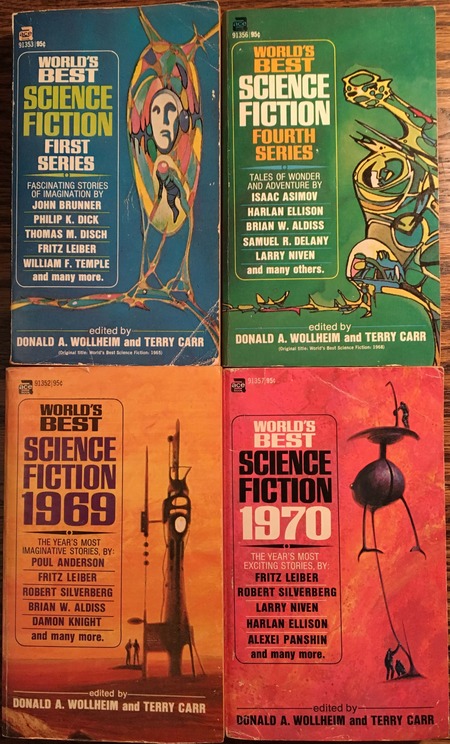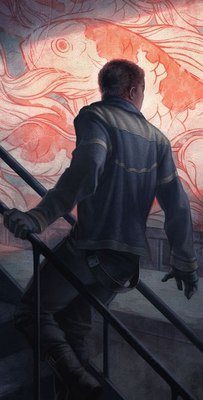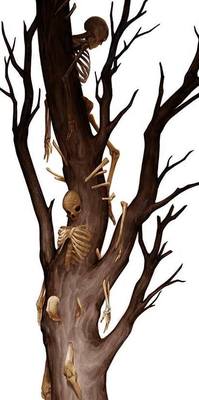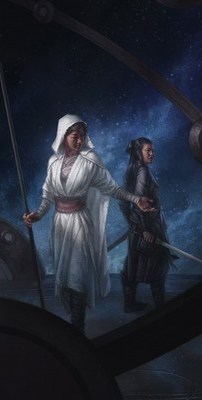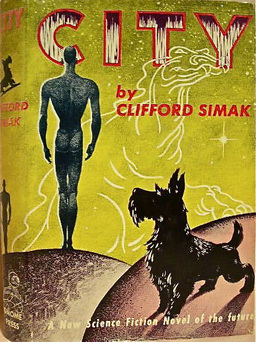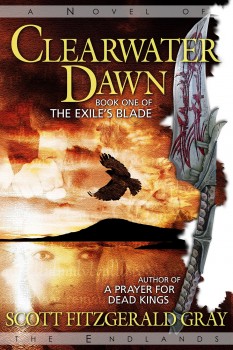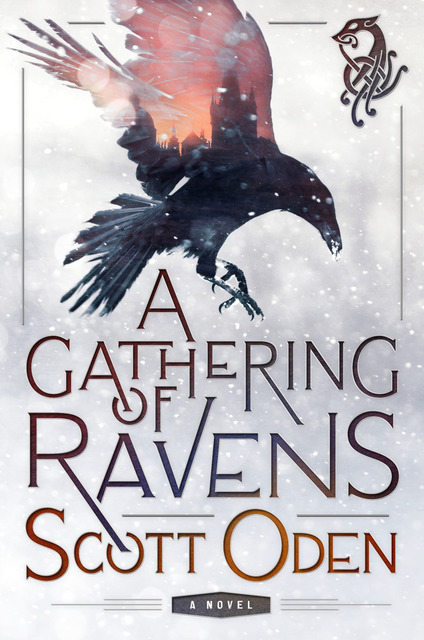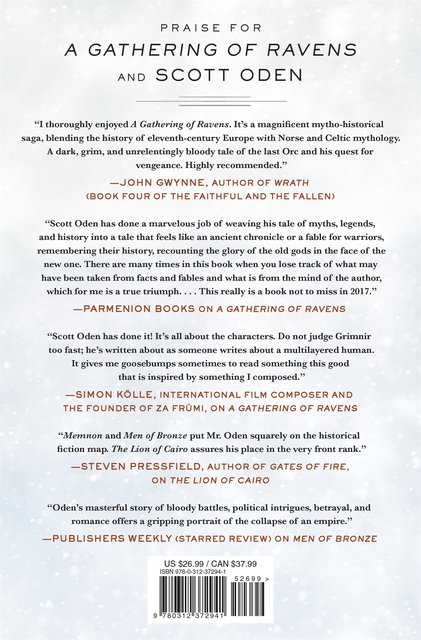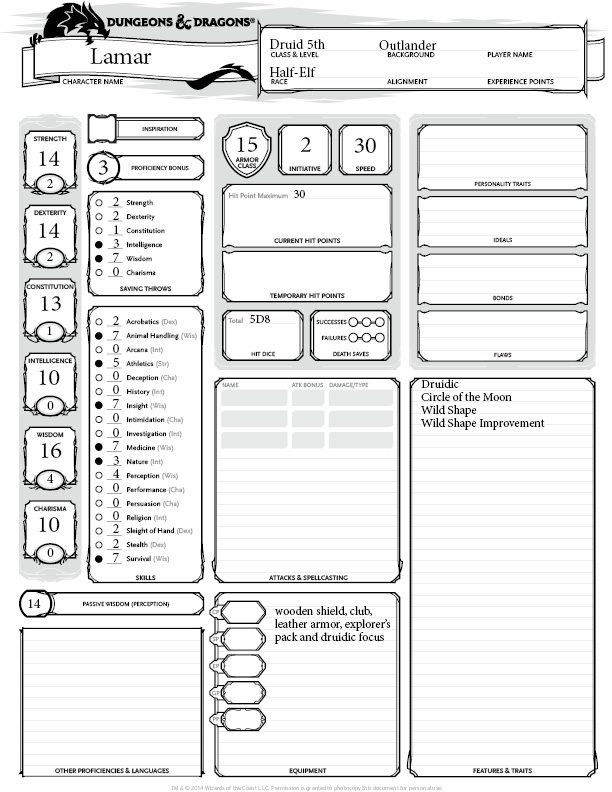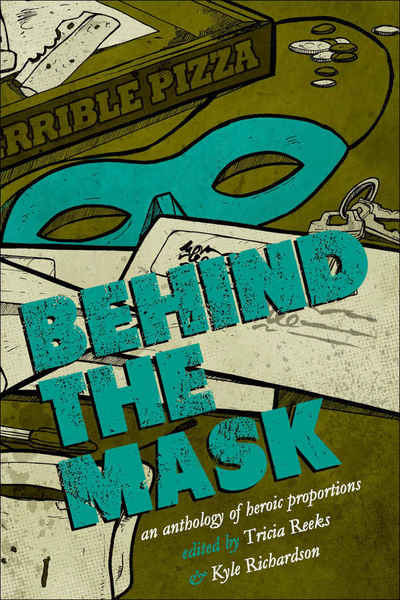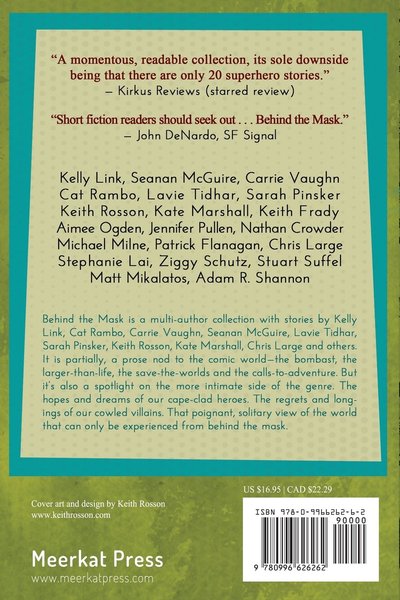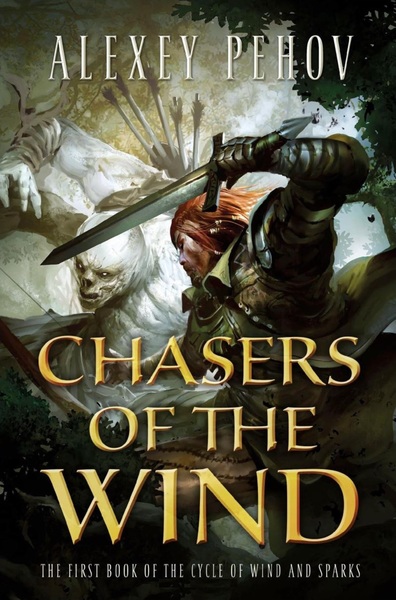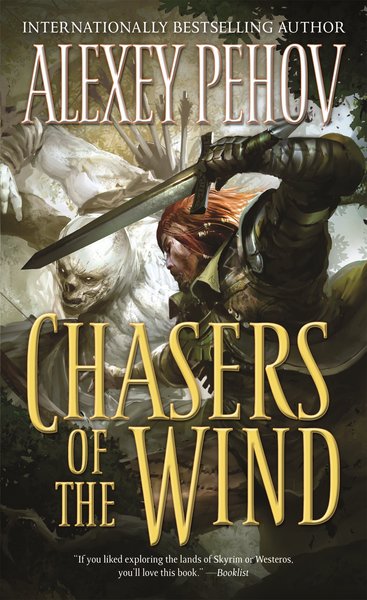Vintage Treasures: World’s Best Science Fiction 1965 – 1970, edited by Donald A. Wollheim and Terry Carr
If you’ve been paying attention over the past two months, you’re probably aware that we’re deep into the Year’s Best Science Fiction season. So far this year Solaris, Night Shade, and Prime Books have all released Best of the Year anthologies (edited by Jonathan Strahan, Neil Clarke and Rich Horton, respectively), and in the next few months we can expect additional volumes by Gardner Dozois, John Joseph Adams, Ellen Datlow, Paula Guran, Stephan Jones, and others.
Now I know what you’re thinking. What the heck, world? My favorite fantasy series gets canceled after three volumes, but eight publishers happily produce Best of the Year anthologies every single year? How is that even possible? And you know, that’s not a bad question. How did we get to the point where the market is willing to bear so many books that all claim to contain the best science fiction of the year?
Everett F. Bleiler and T.E. Dikty are widely credited with creating the first such anthology, The Best Science Fiction Stories: 1949. But our current appetite for Best of the Year volumes can be traced back to Donald A. Wollheim and Terry Carr, two of the most important editors our field has ever seen. Starting in 1965 and running until Wollheim’s death in 1990, together and separately Wollheim and Carr produced over 50 Best of the Year volumes, and in the process they shaped the direction of short fiction in the genre for generations to come. Their books were of such high quality that they were must-reads for all serious fans of science fiction and fantasy. Year after year the Carr and Wollheim anthologies were absolutely indispensable, and if you enjoy the rich assortment of modern Best of the Year editions, you can trace our modern enthusiasm for the format directly back to these two men.
